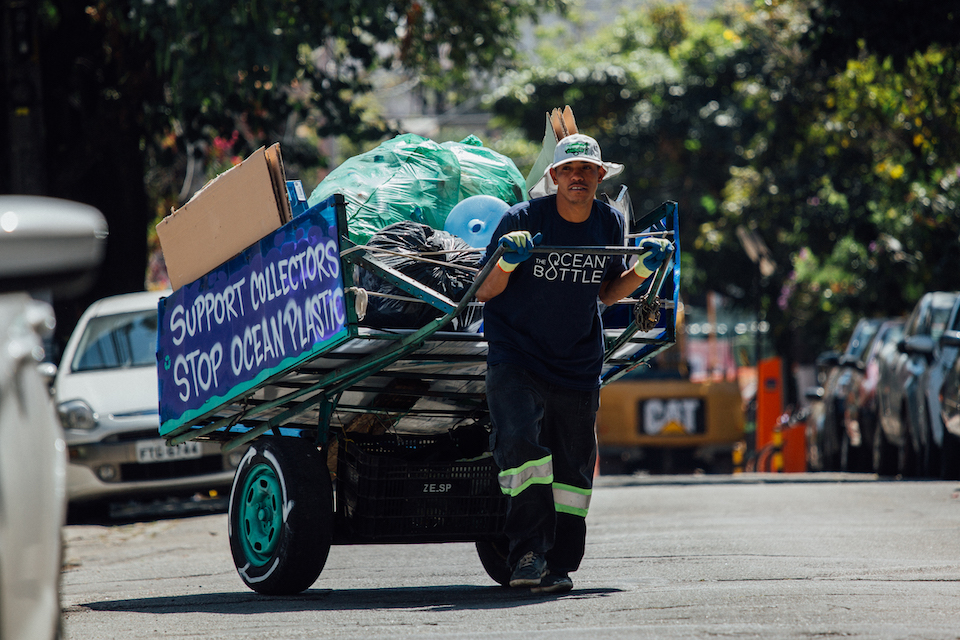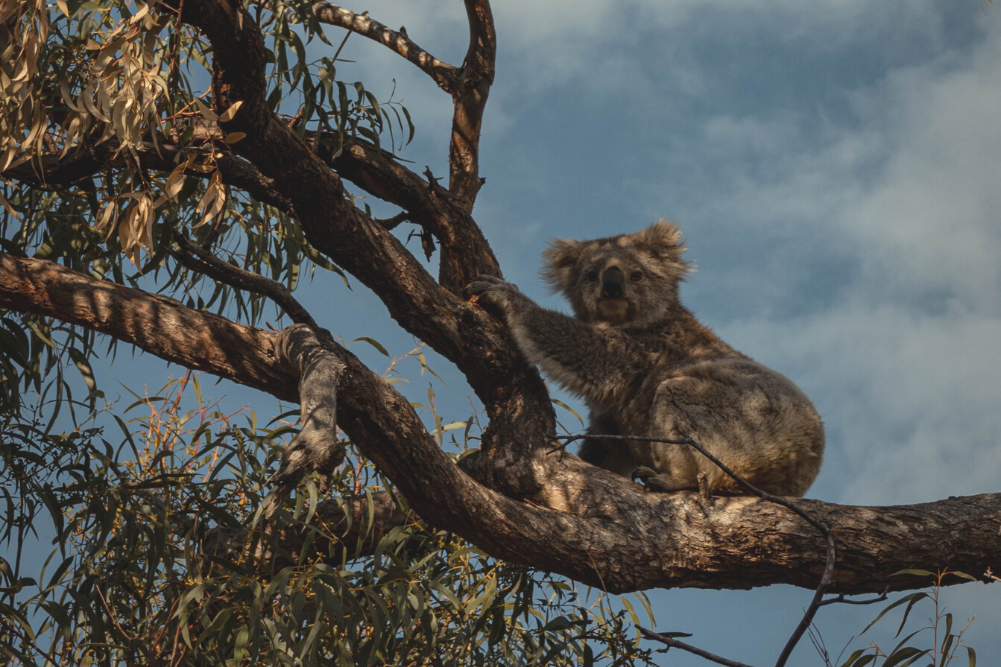“Research vessels are docked outside the windows of waterfront laboratories and some of the best international conferences roll through town. I would often find myself sharing an after-work ale with some of the leading thinkers in global ocean science … I can’t envisage a better place to undertake a Doctorate in marine science,” says Curtis Champion, a marine scientist PhD and my good mate as he reflects on his temporary home of Hobart, Tasmania.
When Curtis set up home in Hobart, I was thrilled. I could visit and we’d chase waves around remote beaches together. But for Curtis, his home in Hobart was an area that provided much more than waves. “Tasmania is like a utopia for marine research. It’s a highly inspiring place for people like myself who are passionate about understanding the inner workings of the marine environment,” he shares.
Curtis, a true waterman at heart, followed a path deep into marine research and I’ve been fortunate enough to observe his journey over the past decade. From befriending Blue Gropers during study breaks in Sydney, to exploring remote rivers on the Mentawai Islands off Sumatra, Curtis has now achieved his goal of a PhD in Fisheries Oceanography. But rather than being buried in the lab every day, Curtis spends his time presenting research to scientists in Australia and abroad. But he also shares his research with people like you and me so we can better understand and even help manage the impacts of climate change on the marine environment.
Communicating scientific research objectives, results and recommendations needs to be clear and suit the intended audience to have impact. Statistical data can be translated into images, maps, guidelines, articles and more that the public can understand. Curtis has won multiple science communication awards in his quest to present large volumes of research findings to audiences. “One approach I commonly use is to take a statistical model and use it to make spatial predictions of whatever the model has been developed to estimate, for example, where and when species of fish are likely to occur off eastern Australia, or how fast certain regions of the ocean are warming in response to climate change. Humans are visual creatures, so moving away from numbers and towards pictures is an effective way to communicate results,” he explains.
Speaking of visual creatures, Sir David Attenborough’s parting advice in his latest documentary, A Life on our Planet, was that we need to re-wild the planet by increasing biodiversity. I was eager to know if Australian scientists could facilitate this by the creation of marine parks and artificial reefs. So I asked Curtis. “Managed intervention in natural environments is a current reality and one that is likely to increase in prevenance in the future. To assume nature will ‘bounce back’ if given a chance is a risky proposition, particularly given that our past actions have already committed us to future climate change.”
Observing the oceans
We need to help out when and where we can. If part of Curtis’ work is monitoring how these artificial reefs create habitat and how marine parks are “spilling over” into recreational fishing areas we, as consumers, need to sustain it.
I have fond memories fishing in Tuross Lake on the south coast of New South Wales with my family. Never once did our dinner plate star any store-bought fish or prawns; the estuary was sufficiently abundant. If science is telling us one thing about our oceans, it’s that we have a shared responsibility to take more care in where our seafood is bought, caught and kept. To do this, you can start by identifying how sustainable certain species of fish are prior to purchasing a few fillets. The GoodFish Project provides an index of substantiality for nearly every species you’re likely to encounter in Australian co-ops or supermarkets. Plus, it has an easy-to-use app so you can choose from the seafood options available based on their relative suitability.
For those who like to wet a line, practise catch and release. But if you prefer to catch and cook your own, Curtis’ advice is: “Keep in mind that fish size is extremely indicative of their reproductive capacity and therefore their contribution to sustaining populations. Letting particularly large individuals of fish go can do wonders for maintaining fishing opportunities into the future.”
For anyone who’s living on the coast of Australia and wants to be proactive in aiding marine research, you can submit your observations of your coastal areas. Your family might love beachcombing on a Sunday morning and our scientists can’t have eyes on all of our 10,500 beaches. Together, our observations can add up.
Curtis and I have toddlers of similar age and it’s likely they’ll be floating around together until the end of this century. For the future of our children and our children’s children, I appreciate what scientists are doing to improve the planet our kids will inherit. If you’re passionate about marine science and our planet’s future, you can help researchers by communicating local marine observations. All information can aid in the mitigation of climate change impacts.
Curtis says detecting early indications of the effects of climate change on the marine environment is crucial for directing strategic scientific research. For example, marine species are now turning up further south in the southern hemisphere. This means that people living on the coast can see the effects of climate change right in front of their mask and snorkel or on the end of their fishing line. Having local communities aware and engaged in species monitoring in this way can also increase the chances of timely and site-specific management interventions.
In Australia, we have a citizen science initiative dedicated to documented observations of certain marine species considered to be uncommon in regions along our coastline. This project is called Redmap or the Range Extension Database and Mapping project. Redmap invites divers, fishes, surfers and beachcombers to log what they are observing in the oceans. “Redmap is more than a data collection opportunity; it’s a valuable communication tool that is proving effective at kick-starting conversations about climate change in the marine environment. That’s the root of future action,” Curtis says.
What you can do to help our marine life
- Beachcomb your local break and log your observations with Redmap.
- Identify the sustainability of certain fish species before you purchase.
- If you enjoy fishing, practise catch and release.
- Join your local marine community and engage in species monitoring together.
For more, visit redmap.org.au.
Byron Smith is happiest when exploring anywhere off the beaten track or in the water. He is a novice naturalist, the co-author of Slow Down and Grow Something and owner of edible garden business Urban Growers.




